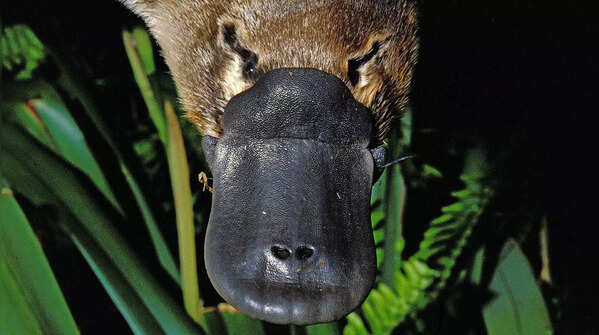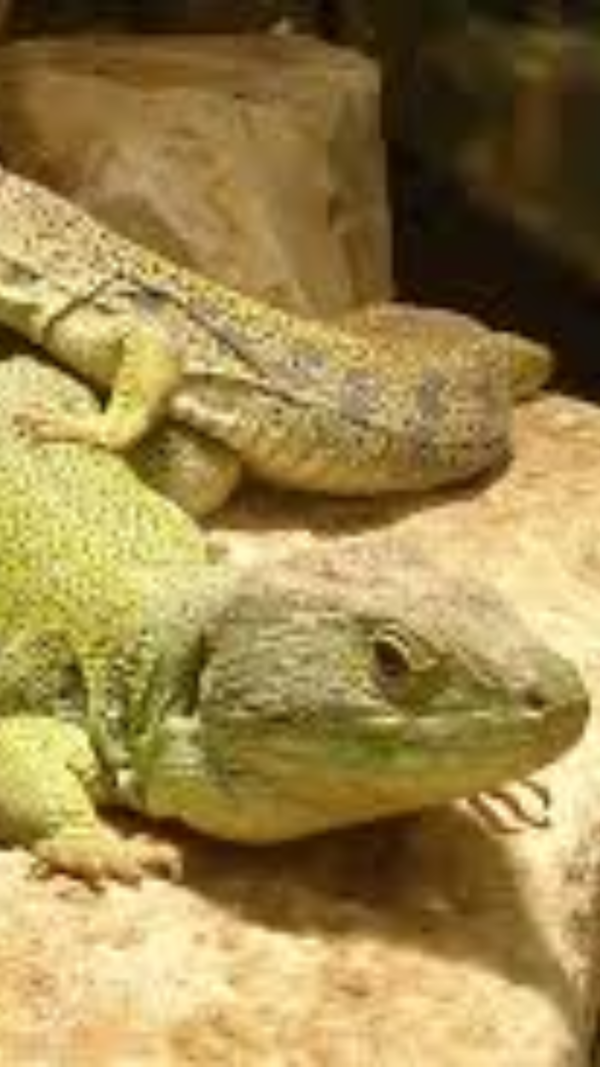5 unique mammals that lay eggs instead of giving live birth

Mammals that lay eggs instead of giving live birth
When we think of mammals, we usually think of animals that give birth to live babies, like lions or humans. But there’s a small and rare group of mammals that do things differently– they lay eggs! These special creatures are called monotremes, and they are some of the most unique animals in the world. Found mainly in Australia and New Guinea, there are only a few species of monotremes, but they give us a fascinating look into the early evolution of mammals. Let’s explore this unusual and amazing group!

The Platypus
The platypus is one of the most unusual animals in the world. With its duck-like bill, webbed feet, and beaver-like tail, it looks like a mix of different creatures! Native to eastern Australia, the platypus lays eggs, which the mother keeps warm for about 10 days until they hatch. The babies are tiny and completely helpless, depending on their mother’s milk to survive. But here’s something really interesting– the platypus doesn’t have teats like most mammals. Instead, its milk comes out through the skin, and the babies drink it by licking it off the mother's fur.

The Short-beaked Echidna
The short-beaked echidna, also called the spiny anteater, is another egg-laying mammal. Found in Australia, this small and spiky creature mainly eats ants and termites, using its long and sticky tongue to catch them. The female echidna lays just one egg and carries it in a pouch-like fold of skin on her belly. When the egg hatches, the tiny baby, called a puggle, stays in the pouch until it’s strong enough to survive on its own.

Sir David’s Long-beaked Echidna
Sir David’s long-beaked echidna is one of the rarest echidna species, living in the remote Cyclops Mountains of New Guinea. It’s named after Sir David Attenborough, who helped bring attention to this elusive animal. Unlike other echidnas, it has a long, narrow snout and is incredibly hard to find. Like its relatives, it lays eggs, and the baby stays in a pouch after hatching.
Image credit: X/@Weird_Animals

The Eastern Long-beaked Echidna
The eastern long-beaked echidna lives in the forests of New Guinea and is well suited to its surroundings. With its long snout, it digs through the soil to find its main food– worms. Like other monotremes, it lays eggs, which the mother keeps in her pouch until they hatch. Using its sharp senses and strong digging skills, this echidna plays a unique role in its ecosystem.
Image credit: X/@waldo_wild2

The Western Long-beaked Echidna
The western long-beaked echidna, found in the remote Foja Mountains of New Guinea, is one of the least studied monotremes. This rare mammal lives in one of the most isolated and unexplored regions on Earth. Like other echidnas, it lays eggs, but because of its secluded habitat and the difficulty in observing it, little is known about its behaviour. Its elusive nature makes it one of the most mysterious creatures in the monotreme family.
Image credit: X/@ThePixelsZoo

A rare and remarkable group
Monotremes are a fascinating and rare group of mammals that challenge what we typically expect from this animal class. Found only in Australia and New Guinea, these egg-laying mammals offer a glimpse into the evolutionary past of mammals while continuing to thrive in their unique habitats. Despite their rarity, they play an essential role in their ecosystems and remain a subject of great interest to scientists and wildlife enthusiasts. Their unusual traits, from the platypus’s milk secretion through the skin to the echidna’s spiky yet nurturing pouch, make them some of the most extraordinary creatures in the animal kingdom.

The egg-laying process
Monotremes follow a different reproductive process from most mammals. Instead of giving birth to live young, the female monotreme lays eggs that must be incubated until they hatch. While the eggs may appear small and fragile, they are protected by the mother during the incubation period. Once hatched, the young are typically underdeveloped and rely heavily on their mother's care, particularly for nourishment. This reproductive strategy allows monotremes to thrive in their specific habitats despite their unconventional approach to childbirth.

Why do they lay eggs?
Monotremes are an ancient branch of mammals, retaining some reptilian traits like egg-laying. However, they still produce milk to nourish their young, making them true mammals.Though they do not have nipples; instead, the milk is secreted through mammary gland openings in the skin)

They lay soft-shelled eggs
Unlike birds and reptiles, monotreme eggs have soft, leathery shells rather than hard ones. The eggs are incubated outside the body but are kept warm in a pouch or nest.

Long parental care
Although they lay eggs, monotreme mothers nurture their young for extended periods after hatching.

Platypus DNA Is wild
A platypus’s genome is a strange blend—part mammal, part bird, part reptile. Scientists call it a “genetic Frankenstein” because of how many evolutionary features it shares across classes.









